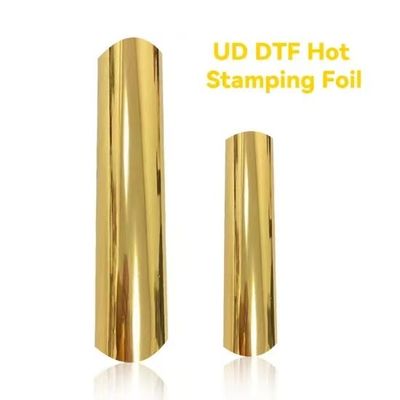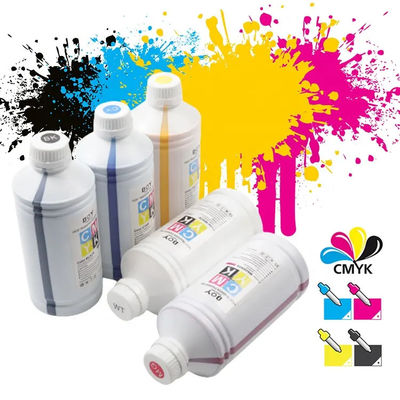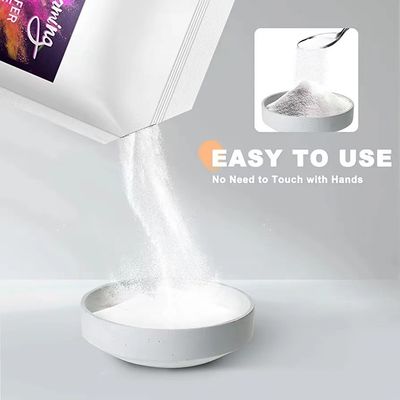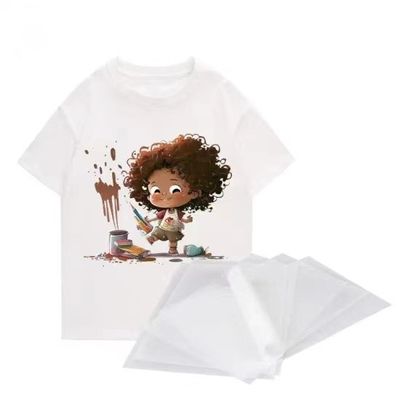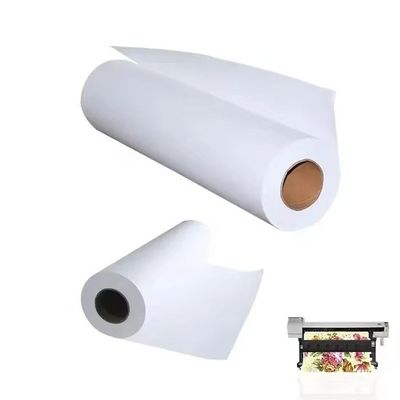What is UV DTF Printing
A novel printing technique called UV DTF (Direct-to-Film) printing uses a UV printer to print straight onto film without the use of ink or toner. Comparing this technology to conventional printing techniques reveals numerous benefits, such as improved affordability and durability.
With the rise of digital filmmaking, UV printers—which have long been utilized in the graphic arts and commercial printing sectors—now provide a host of advantages to filmmakers as well. Filmmakers can obtain exceptional image quality with remarkable accuracy and consistency by employing this technique, which involves printing straight onto film from a particular substrate, like Mylar or Polyester PVC. Furthermore, short-run projects can be completed quickly since the ink will be instantly dried and cured by the UV radiation from the printer’s light source when it comes into contact with the film.
Advantages of UV DTF Printing
The advantages of utilizing a UV printer for Direct-to-Film (DTF) printing are numerous; One of the coolest aspects of UV DTF printing is its adaptability. UV DTF printing uses identical materials and equipment to UV printing but offers greater options, such as:
Durability: Unlike solvent-based inks, you can be confident that your print projects will not fade, scratch, or weather, ensuring durable designs that endure wear and tear.
Environment Friendly: UV-cured inks release fewer volatile organic compounds (VOCs), while UV printing is a more environmentally friendly choice for companies who care about the environment.
Wider Range of Materials: Hard-surface objects, particularly those with beveled or cylindrical shapes like mugs and bottles, can be directly and readily printed using UV DTF technology. It is not appropriate for textiles, though.
Higher Production Volume: The application surface restricts the size and quantity of UV printing, leading to comparatively modest print runs. On the other hand, a greater variety of substrates can be transferred using UV DTF transfers, which can create a lot of crystal stickers at once.
Cost Effective: UV printing increases efficiency and lowers labor costs by streamlining manufacturing with its quick curing process.
High Definition Prints, All the Time: Ultraviolet printing produces high-definition prints with brilliant colors and accurate details, allowing your ideas to stand out. You can always expect high-quality digital prints.
UV DTF Printing Means durable printing
UV DTF (direct to film) printing is becoming increasingly popular due to its versatility and ease of use on a wide range of substrates. UV DTF prints an image directly onto a tiny strip of adhesive film rather than directly onto an item.
This removes the possibility that objects exposed to direct UV ink could become discolored. Additionally, it enables quicker turnaround times for production because adhering the film just requires a few simple tools, as opposed to the more involved procedure involved in printing UV ink directly onto an object. Finally, UV DTF is a fantastic choice for anyone seeking fast and reliable prints without compromising quality because of its many uses and easy setup.
How does UV DTF Printing Work?
Using specialized adhesive tape, the Direct to Film Process for DTF printing enables you to attach your prints straight onto the substrate of your item, regardless of whether your artwork was made in Photoshop or Illustrator. This will ensure that your printer prints precisely onto the material’s surface when it is turned on and that there is no abrasion from the machine’s head coming into touch with the material. Compared to conventional UV printing directly onto items, it is safer.
After everything is prepared and ready to use in your preferred graphics creation program (Photoshop, Corel Draw, etc.), you may utilize the unique software that comes with the package, which is made especially for controlling the printer head and regulating the color output. Compress RIP is one example of this type of software.
READ ALSO – how to make a gang sheet for dtf transfers
Optimizing Print Quality with RIP Software
These RIP (Raster Image Processing) applications enable you to effortlessly control variables such as print resolution and color management, ensuring that each component of your design looks its best every time it strikes film inside your UV printer. Finally, once all of these processes are completed, you’ll be ready to print.
High-resolution images printed directly onto the unique UV DTF film are incredibly durable and cost-effective, making them perfect for anybody wishing to produce completed goods in large quantities without compromising the lifetime or quality of their projects. The results speak for themselves.
The UV-cured inks are used to print the picture onto the film after it has been loaded. To ensure that the image is sharp and vivid, the printer applies the ink to the film with extreme precision. Because the UV-cured inks employed in this process are so reactive to UV light, they harden rapidly and stick to the film for a long time.
IS UV DTF PRINTING IS ECONOMICAL ?
In terms of cost, UV DTF printing may initially be somewhat more expensive than conventional techniques. Depending on the model and functionality, a UV DTF printer can cost anywhere from a few thousand to tens of thousands of dollars. Other expenses include those for DTF film, UV ink, and other supplies.
But don’t worry by that! Even though the initial outlay might seem high, UV DTF printing provides substantial long-term savings. Because of the prints’ exceptional durability and fading resistance, you won’t need to reprint them frequently.
What are UV DTF Cup Wraps?
A type of digital printing technology called UV DTF cup wraps makes it possible to transfer intricate, colorful, and long-lasting designs onto cups and other curved surfaces. In contrast to conventional techniques, UV DTF cures the ink using ultraviolet (UV) light, which increases the prints’ resilience to fading and wear.
Easy and Fast: The Power of UV Direct to Film printing
UV DTF printing is a very effective method. Both the printing procedure and the UV light curing stage are comparatively rapid and simple. This implies that UV DTF printing frequently has a turnaround time that is significantly quicker than other printing techniques, which can be very advantageous for companies that need to swiftly manufacture big quantities of printed items.
READ ALSO – Transfer Placement T-shirt Design Size Chart Guide: Print Like a Pro
Lastly, a variety of films can be printed on using the flexible UV DTF printing method. This comprises synthetic films like PETG, polyester, and polycarbonate. Because of this, UV DTF printing is a great option for a variety of sectors, including as advertising, labeling, and packaging.
To sum up, UV DTF printing is a state-of-the-art technique that prints straight onto film using UV-cured inks. High resolution and accuracy, longevity, effectiveness, and adaptability are only a few of its many benefits. The UV DTF printing method produces vivid, high-quality prints that are resistant to fading and washing, which makes it a great option for a variety of sectors and uses.
Buy DTF film rolls – click here
FAQ
What exactly is UV DTF printing?
UV DTF printing is a digital printing process that combines UV curing technology with Direct to Film (DTF) transfer.
Designs are printed with UV ink onto a special film, then transferred onto various objects using an adhesive.
How does UV DTF differ from traditional DTF printing?
Traditional DTF uses textile inks for fabric applications, while UV DTF utilizes UV-curable inks that can adhere to a wider range of materials like plastic, metal, glass, and wood. UV curing also offers greater durability and scratch resistance.
What kind of materials can UV DTF be applied to?
UV DTF is versatile and can be applied to hard surfaces like phone cases, water bottles, mugs, promotional items, acrylic, leather, and even some curved surfaces.
Is UV DTF printing durable?
Yes, UV DTF prints are generally very durable. The UV curing process makes the ink resistant to scratching, fading, and water damage, making it suitable for long-lasting applications.
Do I need any special equipment after printing the UV DTF transfer?
Typically, you’ll need a way to apply pressure to transfer the design from the film to the object. This can range from a simple hand roller to a heat press (though heat is not required for the curing of the ink itself).

 Your message must be between 20-3,000 characters!
Your message must be between 20-3,000 characters! Please check your E-mail!
Please check your E-mail!  Your message must be between 20-3,000 characters!
Your message must be between 20-3,000 characters! Please check your E-mail!
Please check your E-mail! 
